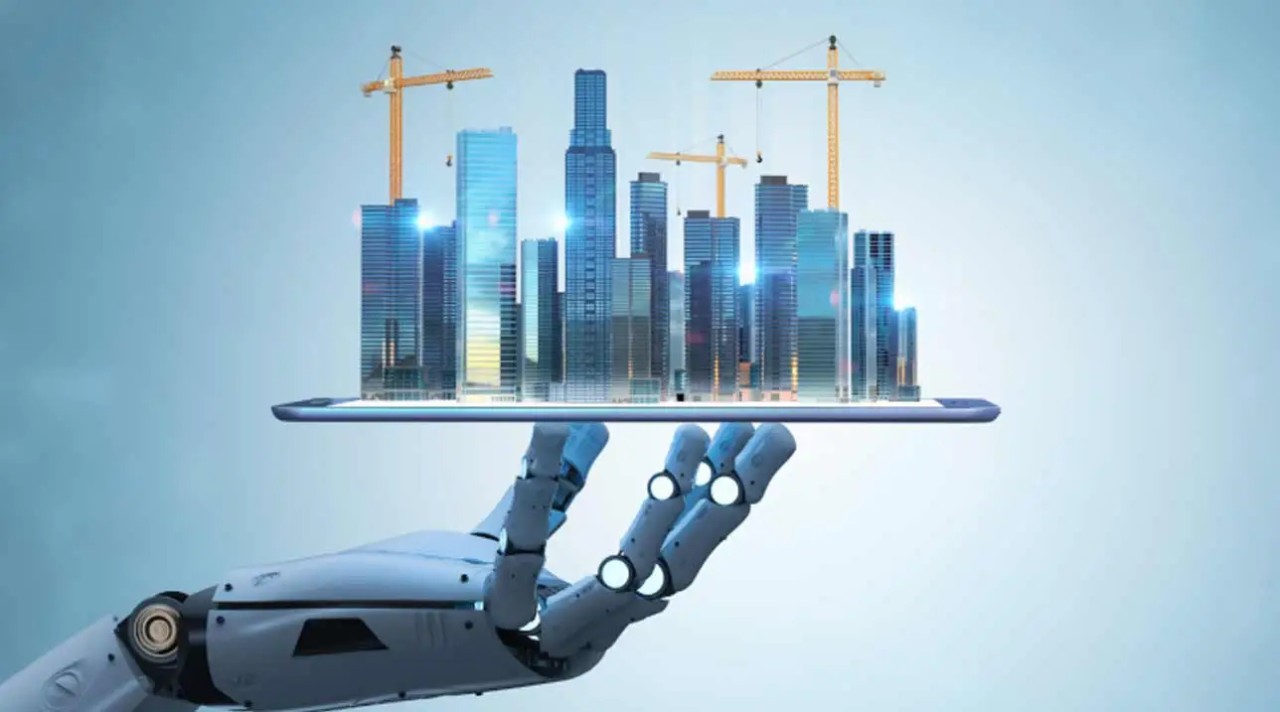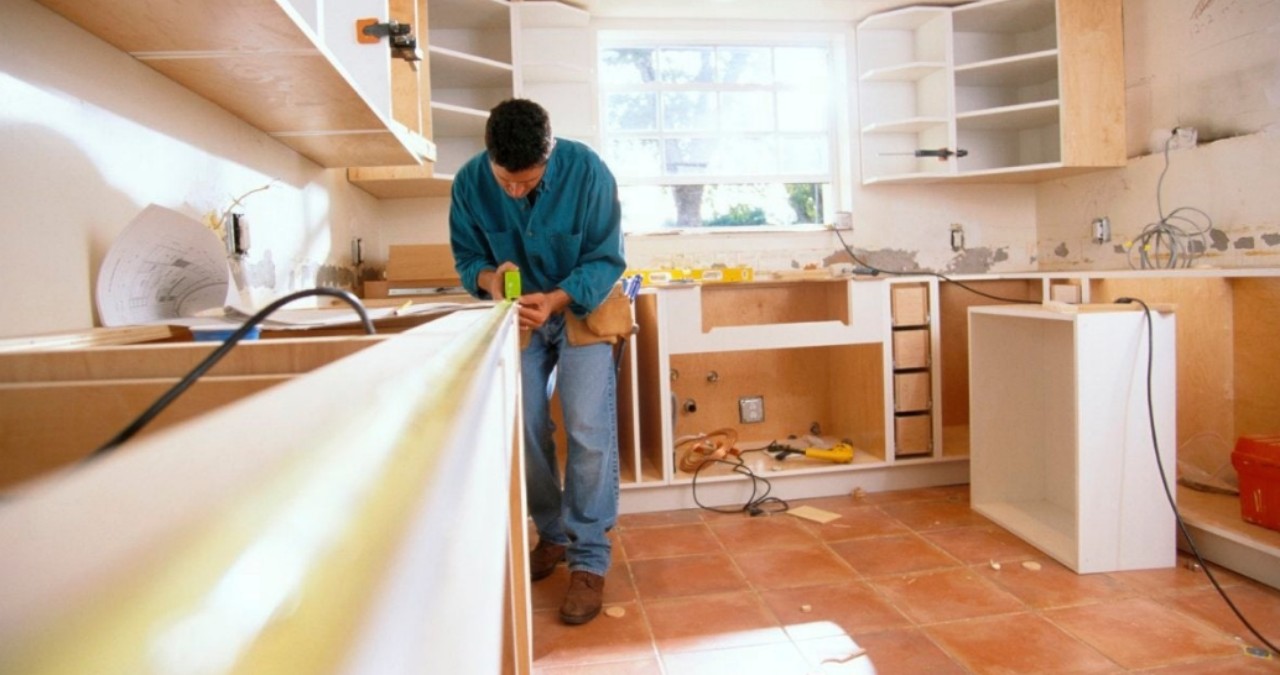In recent years, the landscape of property inspections has undergone significant transformations, driven by rapid technological advancements. These changes have not only increased the efficiency and accuracy of inspections but have also reshaped how inspection data is collected, analyzed, and reported.
Digital Tools and Software
One of the most pivotal enhancements in the field of property inspections is the adoption of digital tools and software. The days of manual note-taking and cumbersome paper reports are fading, replaced by dynamic digital systems.
Software applications now allow inspectors to input data directly into tablets and smartphones, which automatically organize and store information in cloud-based platforms. This shift not only streamlines the process but also reduces the risk of human error, ensuring more accurate and reliable reports.
Enhanced Accuracy with Drones and Cameras
The use of drones represents a technological leap in conducting property inspections. Drones can easily access hard-to-reach areas such as rooftops, large properties, and structures compromised by natural disasters.
Equipped with high-resolution cameras, they provide detailed aerial views, making it possible to spot potential issues that the human eye might miss. This capability significantly enhances the thoroughness of inspections, offering a comprehensive overview of a property’s condition.
Thermal Imaging Breakthroughs
Thermal imaging has revolutionized property inspection technology by allowing inspectors to see beyond what is visible to the naked eye. This technology identifies variations in temperature, which can indicate problems like electrical faults, moisture intrusion, and inadequate insulation. By revealing these hidden issues, thermal imaging helps in preventing long-term damage and costly repairs, ensuring property safety and efficiency.
The Impact of 3D Modeling
3D modeling technology has provided a transformative tool for property inspections. Through the creation of detailed digital replicas of properties, inspectors can conduct thorough analyses and virtual tours without the need for physical presence. This not only saves time but also allows for remote inspections, making the process more flexible and accessible.
The Role of AI and Predictive Analytics
The integration of artificial intelligence (AI) and predictive analytics in property inspections is another leap forward. AI-driven systems analyze historical data to forecast potential property issues, enabling preemptive maintenance strategies.
This proactive approach minimizes risks and extends the lifespan of property assets, showcasing how technology not only refines current processes but anticipates future challenges, thereby securing the longevity and value of real estate investments.
Property Inspections Technology: A New Era
The integration of advanced Property Inspections Technology has ushered in a new era of precision and efficiency. With tools like AI and machine learning, inspectors can now predict potential issues before they become apparent, making preventive measures more effective. These technologies also facilitate the aggregation and analysis of large data sets, providing insights that were previously unattainable.
Conclusion
Technology has fundamentally changed the way property inspections are conducted, bringing about higher standards of accuracy, efficiency, and safety. As technological innovations continue to evolve, the future of property inspections looks promising, with further improvements and new capabilities on the horizon.
The ongoing advancement in inspection technology not only benefits property owners and buyers but also enhances the overall health of buildings and infrastructure, contributing to a safer, more efficient built environment.




